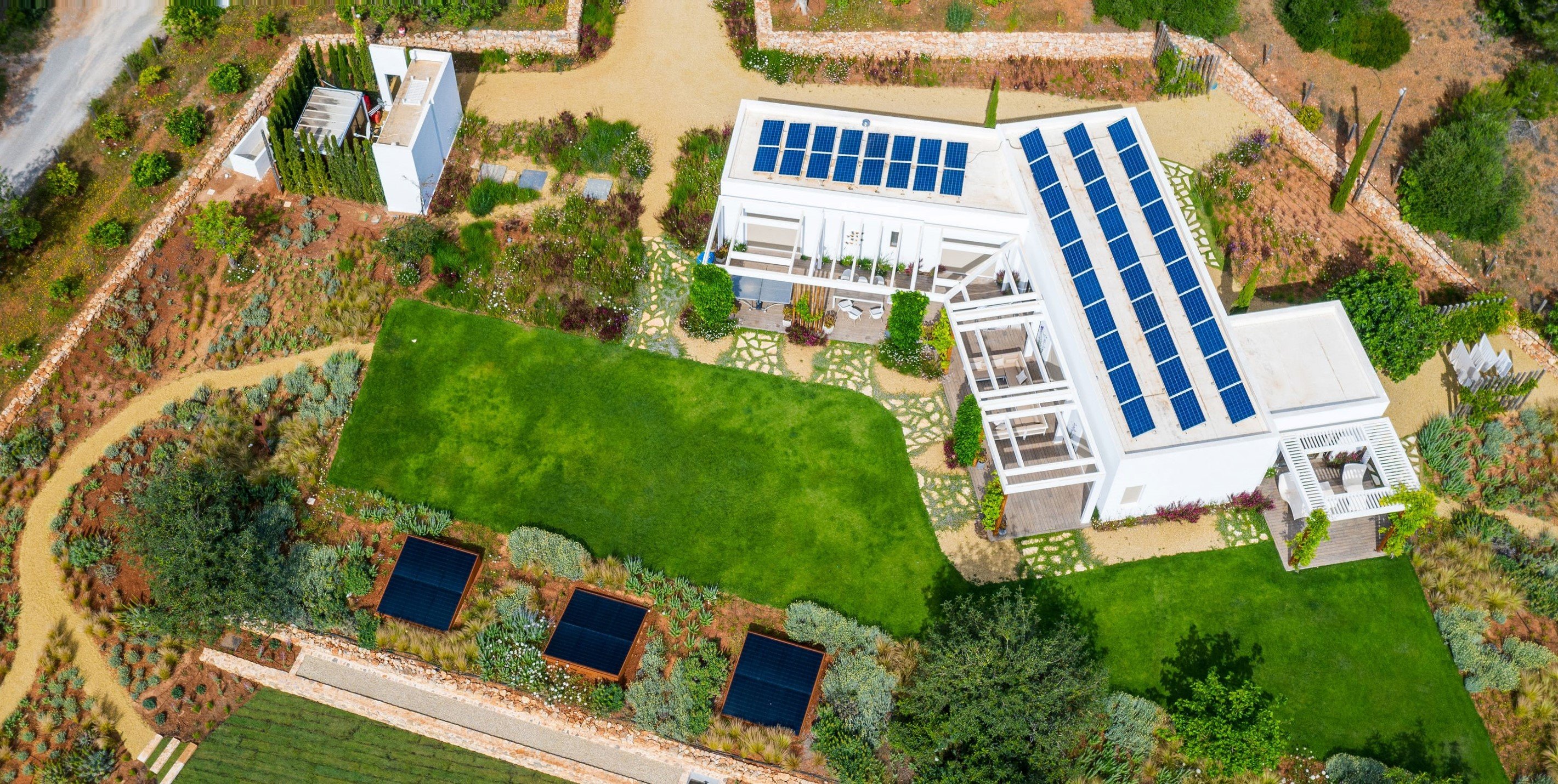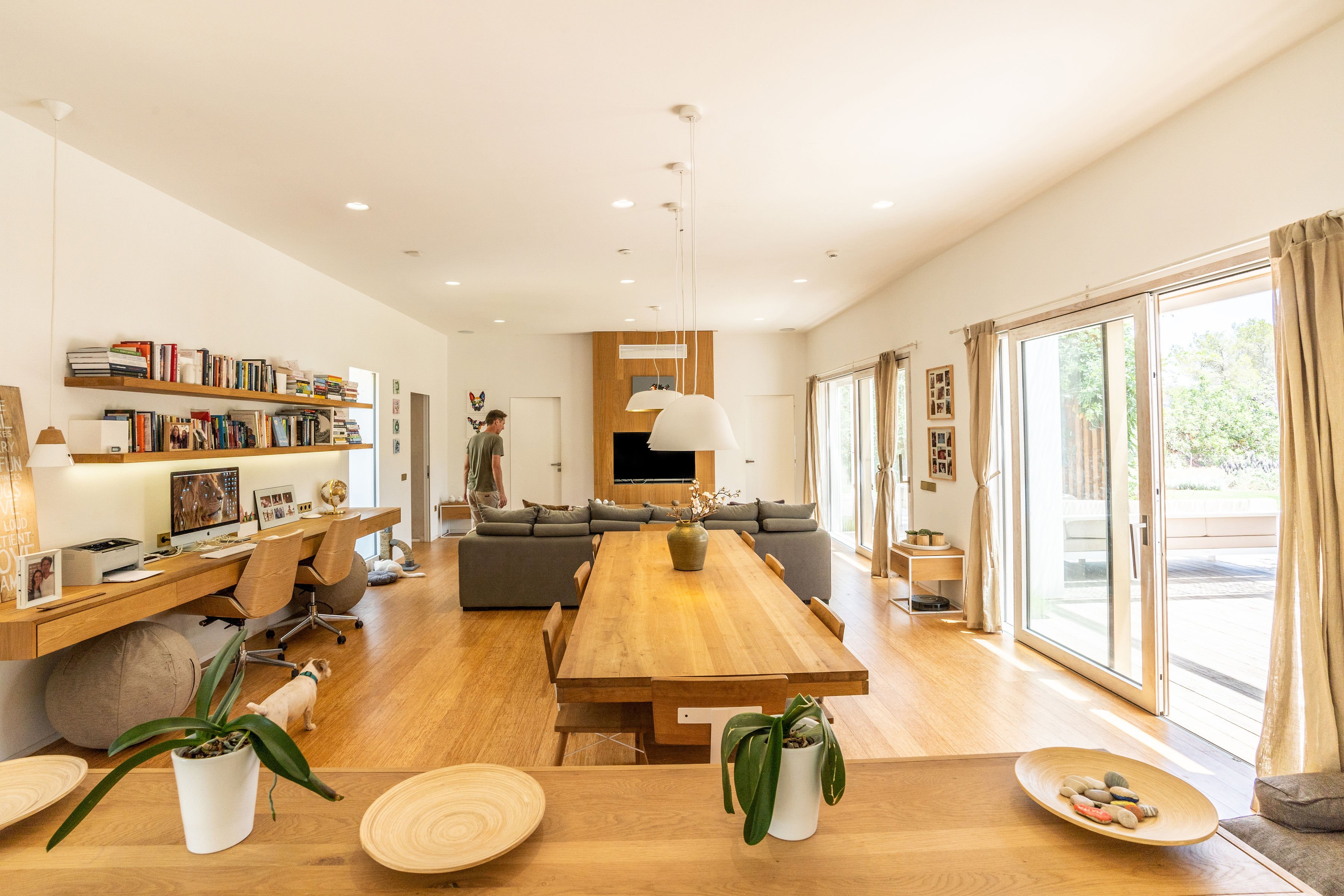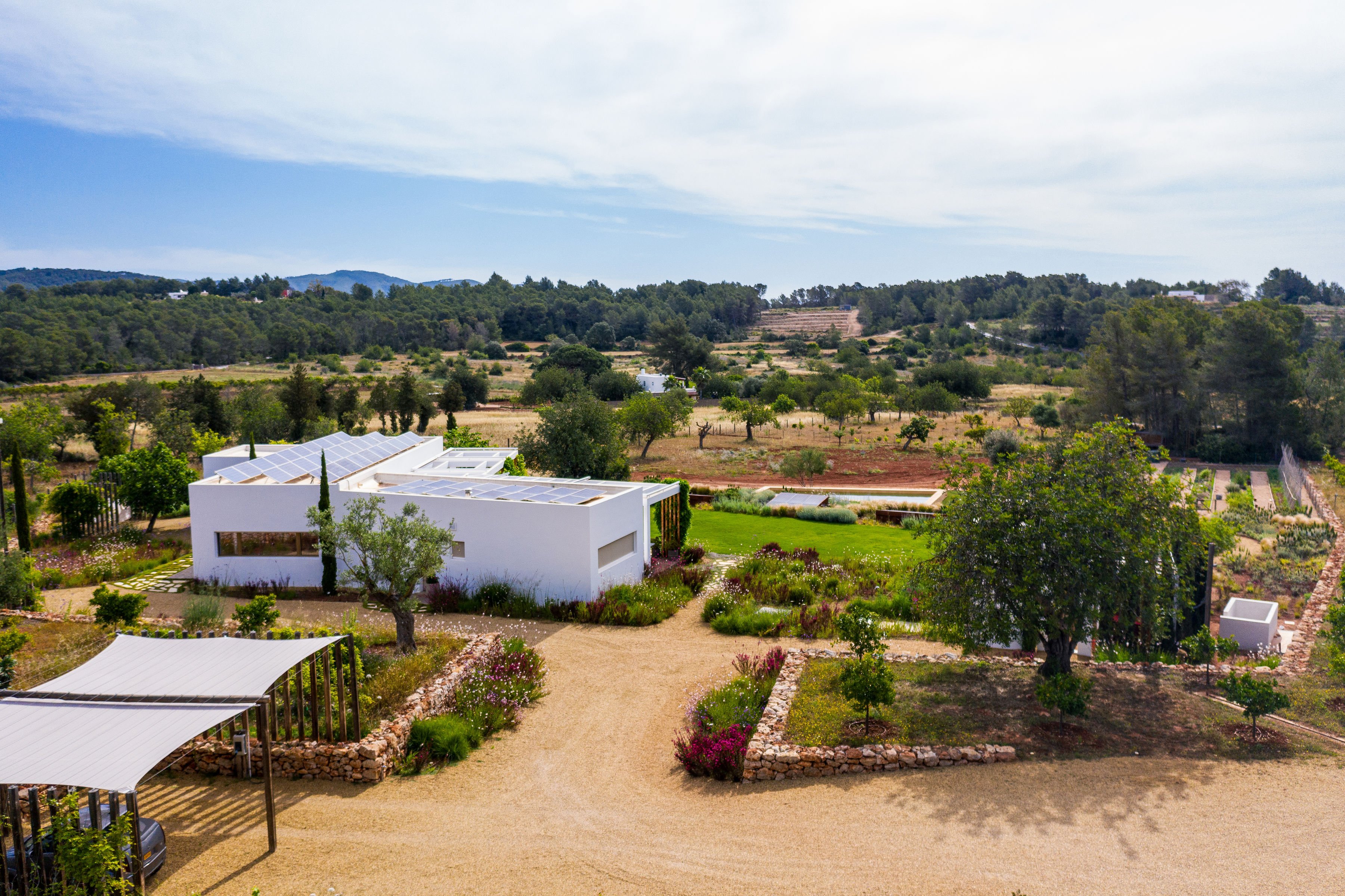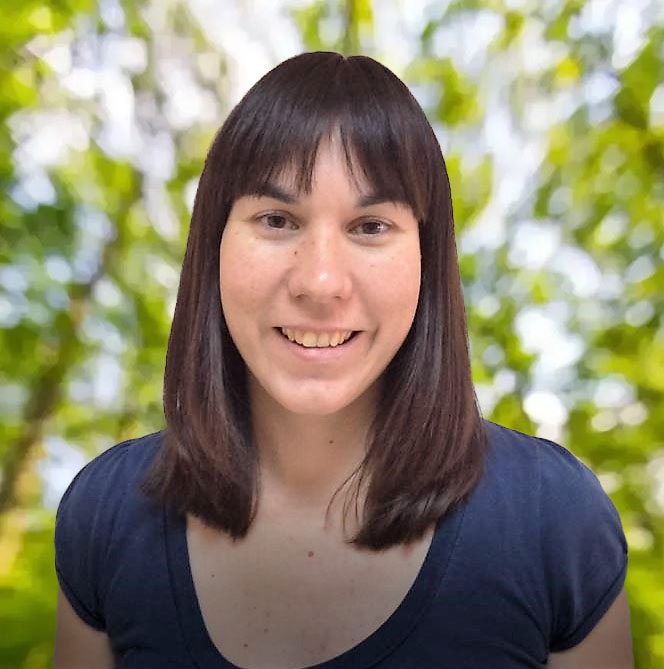The dream of self-sufficiency lands in Ibiza in the form of a passive house. Can you imagine living without electricity, water, or gas bills? Well, that's life in Can Tanca, the emblematic island house that comes to remind us that living disconnected from conventional supplies is not a utopia.
Thanks to Zero Consulting, Can Tanca is the first home in the Balearic Islands to be certified as BREEAM Excellent and also Passivhaus Premium. What does this mean? BREEAM is one of the world's leading certifications dedicated to reducing the environmental impact of buildings and Passivhaus is the most demanding certification in terms of energy efficiency criteria. The combination of these energy and low-impact requirements has resulted in this home that meets the highest sustainability criteria.
Building a self-sufficient house requires customised strategies for each project, but these strategies could be classified into 4generic categories. Below, we list the most important points to take into account when building a sustainable home and how BREEAM has helped to enhance each of them in the Can Tanca project.
- Energy efficiency
- Responsible water use
- Natural and healthy materials
- Integration into the environment
Energy efficiency

To achieve better energy efficiency of the building, its demand should be minimized as much as possible. This is achieved by good design (good orientation, natural lighting, natural ventilation, etc.), ensuring airtightness (adequate insulation, good joinery, etc.) and choosing the most efficient HVAC system, lighting and appliances possible. In Can Tanca, energy demand has been reduced by 80% compared to a conventional house, resulting in savings of more than €2000 annually. Its energy demand is so low that its photovoltaics facility has the capacity to supply up to 5 times more energy than it needs.
BREEAM promotes buildings that minimize operational energy consumption through appropriate design. Its credit dedicated to Energy Efficiency evaluates demand and consumption, and it is the highest-scoring credit in the entire certification. Additionally, to encourage the installation of renewable energies in the projects, some of those points are reserved exclusively for those who decide to take that additional step of zero consumption.
Responsible Water Use
Only 3% of the planet's water is fresh, making it one of the most valuable natural resources. The BREEAM scoring system dedicates an entire section to water saving and has credits that encourage the installation of low consumption sanitary fittings, the reuse of rainwater or the planting of native vegetation that does not require additional irrigation.
At Can Tanca, the water facilities are designed in such a way that every litre of water collected is used twice. There is an underground tank where all the rainwater is stored. The stored water is first used for domestic purposes (taps, showers, etc.), then purified and reused for watering the garden and flushing toilets. Thus, despite being on an island with little rainfall, Can Tanca manages to disconnect from the mains water supply, meeting all BREEAM water saving requirements.
Natural and Healthy Materials![]()

To minimize the environmental impact of the project, the correct selection of materials is key. The origin of the material can give us a lot of information about how much it has polluted before reaching our project. The proximity and the industrial processes it has undergone are good indicators of how large its environmental impact is. This house is committed to the use of natural (unprocessed) and local materials. It consists of a wooden structure, thermal insulation of wood fibre, exterior lime plaster, and concrete foundation. BREEAM encourages the use of sustainable and/or recycled materials, so the wood comes from sustainably managed forests and the concrete is made from recycled aggregates.
On the other hand, BREEAM promotes the indoor health of buildings by encouraging the elimination of toxins and substances harmful to our health. The best bet for a totally toxic-free space is to opt for natural materials or materials with very light industrial processes.
Integration into the Environment

The ultimate goal of a sustainable house should be to become fully integrated into the surrounding ecosystem. A soil erosion specialist and an ecologist have been on hand from the start of the project. These two professional figures have prescribed a series of measures to improve ecology, biodiversity, and erosion control during construction. All workers adhered firmly to these recommendations and, following completion of the work, a Site Biodiversity Management Plan has been drawn up which dictates a further series of measures to be carried out over the next five years to ensure that the impact of the housing remains as beneficial as possible to the natural environment. All these measures are derived from the BREEAM recommendations dedicated to the responsible use of land, promotion of ecology, and reduction of pollution.
In the project, Projetic, responsible for the Passiv Haus consulting, Álvaro Martínez, in charge of monitoring the entire construction, and Terra Vita, responsible for the promotion, have collaborated.

_modificado.jpg)
